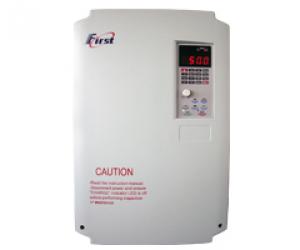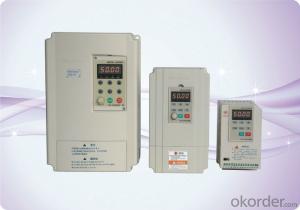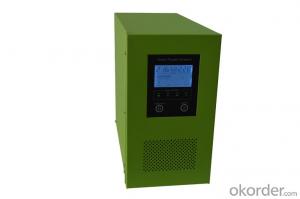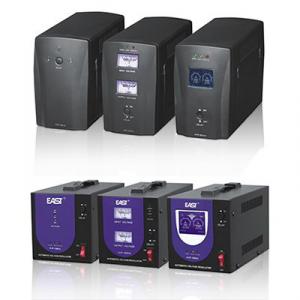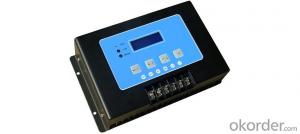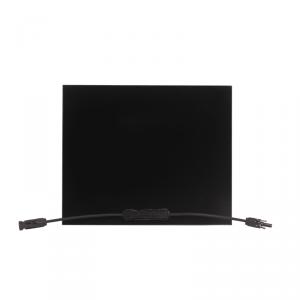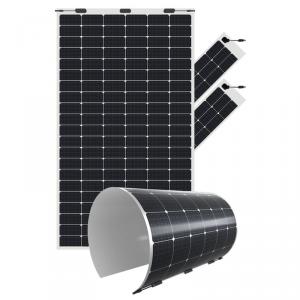Reliable Solar Inverter
Reliable Solar Inverter Related Searches
Most Reliable Solar Inverter Good Solar Inverter High Quality Solar Inverter Quality Solar Inverter Solar Rechargeable Inverter Best Solar Inverter The Best Solar Inverter High Efficiency Solar Inverter Residential Solar Inverter Best Inverter Solar Best Solar Power Inverter Buy Solar Inverter Solar Based Inverter Solar Inverter Selection Cheap Solar Inverter Best Inverter For Solar Smart Solar Inverter Reactive Power Solar Inverter Best Inverter For Solar System Top Solar Inverter Solar Best Inverter Best Inverter Solar System Choosing A Solar Inverter Inverter For Solar Portable Solar Inverter Good Solar Inverter Brands Cheap Solar Power Inverter Intelligent Solar Inverter Solar Inverter Supplier Solar Solar InverterReliable Solar Inverter Supplier & Manufacturer from China
Reliable Solar Inverter is a crucial component in the solar energy system, designed to convert the variable direct current (DC) output of a photovoltaic (PV) solar panel into a utility frequency alternating current (AC) that can be fed into the grid or used by a local electrical network. This product plays a significant role in ensuring the efficient and safe operation of solar power systems, making it an essential piece of equipment for harnessing the power of the sun.The application and usage scenarios of Reliable Solar Inverter are vast, ranging from residential rooftop installations to large-scale commercial and industrial solar farms. It is also used in off-grid applications, such as remote homes, telecommunication towers, and street lighting systems, where reliable power supply is critical. By converting solar energy into usable electricity, Reliable Solar Inverter helps reduce dependence on fossil fuels, lower energy costs, and contribute to a cleaner environment.
Okorder.com is a reputable wholesale supplier of Reliable Solar Inverter, boasting a large inventory that caters to the diverse needs of customers worldwide. With a commitment to quality and customer satisfaction, Okorder.com ensures that each Reliable Solar Inverter is thoroughly tested and meets the highest industry standards before being shipped to clients. This comprehensive approach to product sourcing and distribution has made Okorder.com a trusted partner for those seeking reliable and efficient solar inverters for their projects.
Hot Products


